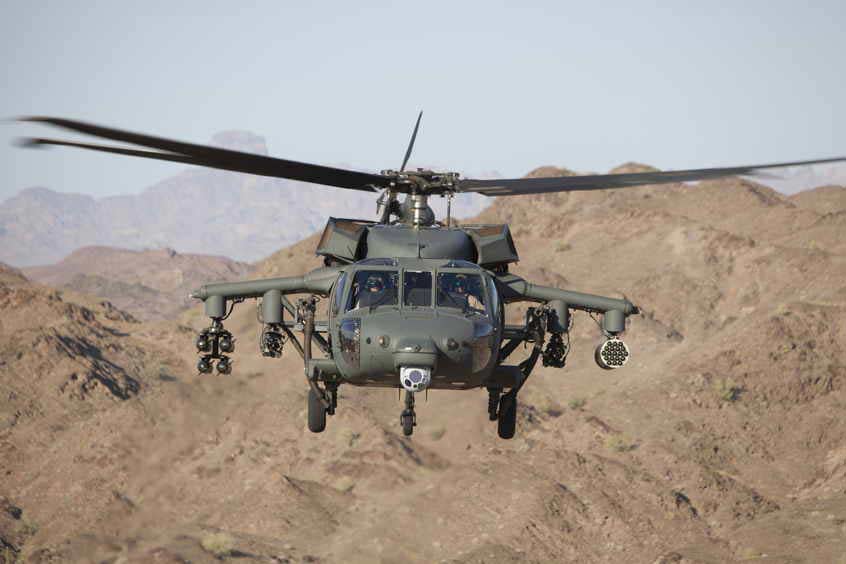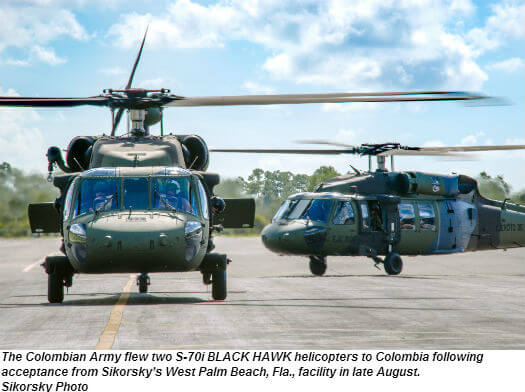Rotary-Wing Aircraft Offering Superior Sturdiness and Precision Engineering
In the realm of aeronautics, rotary-wing aircraft have long been acknowledged for their special capabilities in various functional environments. From armed forces objectives to private applications, the advancement of rotary-wing innovation has actually led the means for equipments that offer unmatched resilience and precision engineering. Through improvements in materials and building strategies, coupled with sophisticated flight control systems, these airplanes have become essential devices for jobs that demand both robustness and precision. As we discover the complex balance in between technology and reliability in rotary-wing airplane, it ends up being evident that the merging of sophisticated modern technology and tested design principles has actually set a new requirement for performance and effectiveness in the aerospace sector.
Evolution of Rotary-Wing Innovation
Throughout the history of aeronautics, the evolution of rotary-wing modern technology has been a testament to consistent technology and advancement in aerial engineering. From the very early days of vertical flight with fundamental layouts to the sophisticated helicopters and other rotary-wing aircraft these days, the progress in this area has been amazing.
In the early 1900s, pioneers like Igor Sikorsky and Juan de la Cierva made significant strides in rotary-wing technology. Sikorsky's VS-300 helicopter, first flown in 1939, noted a zero hour in the growth of sensible rotary-wing airplane. This success paved the method for additional improvements in vertical flight capabilities.

Today, rotary-wing aircraft play crucial functions in different markets, consisting of armed forces operations, emergency medical services, police, and commercial transport. The advancement of rotary-wing innovation continues to push the boundaries of what is possible in vertical trip, making sure that these aircraft remain indispensable assets in the air travel industry.
Products and Building Innovations
Demonstrating a fusion of innovative products and exact building methods, rotary-wing aircraft have actually undergone significant advancements in resilience and performance. One of the key advancements in products utilized for rotary-wing aircraft is the boosting application of composite materials. These materials, such as carbon fiber reinforced polymers, use a high strength-to-weight ratio, boosting both the structural honesty and overall efficiency of the airplane. Additionally, advancements in producing processes have actually enabled more intricate and accurate building and construction of rotary-wing parts, adding to enhanced the rules of aerodynamics and effectiveness.
Furthermore, the combination of innovative coverings and surface treatments has actually played an essential role in improving the durability of rotary-wing aircraft. These coatings supply security against rust, abrasion, and severe weather, prolonging the lifespan of the aircraft and decreasing upkeep requirements.
In terms of construction innovations, additive production, also referred to as 3D printing, has reinvented the manufacturing of facility parts for rotary-wing airplane. This technology permits fast prototyping and modification, leading to quicker advancement cycles and lowered prices. On the whole, the continual advancement of products and construction methods is driving the abilities and performance of rotary-wing aircraft to brand-new heights.
Precision Flight Control Equipment

The combination of GPS innovation further improves the precision and reliability of these systems, enabling for exact navigation, waypoint tracking, and automated flight control. sikorsky s 70. This degree of precision not only boosts the safety and security of rotary-wing operations yet likewise enhances overall functional performance and mission efficiency
Additionally, the continuous improvements in fabricated knowledge and artificial intelligence have facilitated the advancement of independent flight capabilities within Precision Trip Control Systems. This allows rotary-wing airplane to carry out complex missions with exceptional accuracy and consistency, making them vital possessions in a large range of applications, consisting of armed forces procedures, search and rescue objectives, and airborne digital photography.
Toughness in Testing Settings
Sought after functional setups, rotary-wing airplane demonstrate exceptional strength and robustness, ensuring ideal efficiency under challenging ecological conditions. These airplanes are developed to withstand a vast array of environmental aspects, including severe temperature levels, high winds, and rough terrain, making them well-suited for various missions in varied landscapes.
One crucial variable adding to the durability of rotary-wing aircraft is their sturdy construction. These airplanes are built making use of high-grade materials and progressed design methods to boost their structural integrity and integrity. In addition, components such as rotor blades, engine systems, and landing equipment are thoroughly created to endure the pressures and tensions experienced throughout procedures in difficult settings.
Furthermore, rotary-wing airplane are equipped with sophisticated onboard systems that monitor performance metrics in real-time, enabling aggressive maintenance and very early discovery of potential issues - sikorsky s 70. This aggressive method assists stop unanticipated failings and makes certain the ongoing airworthiness of the airplane in requiring functional setups. In general, the sturdiness of rotary-wing aircraft in difficult settings is a testament to their premium design and style, making them important properties for various mission-critical operations
Upkeep and Reliability Requirements
The adherence to strict upkeep and reliability standards is extremely important in ensuring the optimal performance and security of rotary-wing aircraft. Regular upkeep checks, carried out by qualified specialists, are necessary to determine and attend to any kind of possible issues before they his response compromise the aircraft's performance. These checks you can find out more incorporate a comprehensive exam of all crucial components, consisting of the engine, blades system, avionics, and hydraulic systems, to assure that they remain in prime functioning problem.
In addition, adherence to scheduled maintenance intervals in conformity with maker standards is vital for upholding the airplane's integrity. This proactive approach assists protect against unanticipated malfunctions and makes certain that the airplane stays airworthy for its designated objectives. Furthermore, the implementation of durable integrity criteria, such as regular component testing and replacement based upon fixed lifecycles, even more enhances the airplane's dependability.
Conclusion

Finally, the improvements in rotary-wing airplane modern technology have actually brought about remarkable durability and precision design. With innovative products and building techniques, in addition to precision trip control systems, these airplane can operate in challenging atmospheres with boosted reliability. The maintenance and integrity criteria ensure that these rotary-wing aircraft remain to do at their finest, making them important assets for various markets.
Demonstrating a fusion of innovative products and exact construction techniques, rotary-wing aircraft have undertaken significant advancements in durability and performance. One of the vital advancements in materials used for rotary-wing aircraft is the raising usage of composite materials.With thorough interest to detail and advanced technical assimilation, rotary-wing aircraft have actually embraced Precision Flight Control Systems as a cornerstone of their operational excellence. Overall, the durability of rotary-wing aircraft in difficult settings is a testament to their remarkable design and style, making them essential possessions for different mission-critical procedures.
In verdict, the advancements in rotary-wing aircraft technology have led to exceptional sturdiness and precision design.